Design Guidelines
Seawater Reverse Osmosis Design and Optimization
Views : 18
Seawater Reverse Osmosis Design and Optimization
Source: https://www.stanford.edu
Prepared By: Nikolay Voutchkov
Usually dispatched in 2 to 3 days
Usually dispatched in 2 to 3 days
Category:
Design Guidelines
Only logged in customers who have purchased this product may leave a review.
Related books
Design and Optimization of Ultrafiltration Membrane Setup for Wastewater Treatment and Reuse
With the advances in the membrane technology, there is an ongoing quest to determine the best optimal configuration for an adopted treatment as well as it’s polishing to achieve cumulative sustainability for the treatment process. Henceforth, this thesis report is an evaluation to devise a membrane filtration process for investigating the possibility of treating pre-sedimented municipal wastewater with ceramic ultrafiltration, optimizing the membrane as a pre-treatment for reverse osmosis as an overall strategy for recovering wastewater.
Design and Optimization of Ultrafiltration Membrane Setup for Wastewater Treatment and Reuse
With the advances in the membrane technology, there is an ongoing quest to determine the best optimal configuration for an adopted treatment as well as it’s polishing to achieve cumulative sustainability for the treatment process. Henceforth, this thesis report is an evaluation to devise a membrane filtration process for investigating the possibility of treating pre-sedimented municipal wastewater with ceramic ultrafiltration, optimizing the membrane as a pre-treatment for reverse osmosis as an overall strategy for recovering wastewater.
Chilled Water Plant Design Guide
Introduction:
Many large buildings, campuses, and other facilities have plants that make chilled water and distribute it to air handling units and other cooling equipment. The design operation and maintenance of these chilled water plants has a very large impact on building energy use and energy operating cost. Not only do chilled water plants use very significant amounts of electricity (as well as gas in some cases), they also significantly contribute to the peak load of buildings. The utility grid in California, and in many other areas of the country, experiences its maximum peak on hot summer days. During this peak event, chilled water plants are often running at maximum capacity. When temperatures are moderate, chilled water plants are shut down or operated in stand-by mode. This variation in the rate of energy use is a major contributor to the peaks and valleys in energy demand, which is one of the problems that must be addressed by utility grid managers. Most buildings and facilities that have chilled water plants have special utility rates where the cost of electricity depends on when it is used and the maximum rate of use. For instance, PG&E has five time charge periods: summer on-peak, summer mid-peak, summer off-peak, winter mid-peak and winter off-peak. The price of electricity is several times higher during the summer on-peak than it is during the off-peak periods. Not only does the cost of electricity vary, but most utility rates also have a monthly demand charge based on the maximum rate of electricity use for the billing period. Since chilled water plants operate more intensely during the summer peak period, efficiency gains and peak reductions can result in very large utility bill savings. In addition to new construction, the chilled water plants of many existing buildings are being replaced or overhauled. Older chilled water plants have equipment that uses ozone-damaging refrigerants. International treaties, in particular the Montreal Protocol, call for ozone damaging chemicals (in particular CFCs) to be phased out of production. As the availability of CFCs is reduced, the price will skyrocket, creating pressure for chilled water plants to be overhauled or replaced.
Chilled Water Plant Design Guide
Introduction:
Many large buildings, campuses, and other facilities have plants that make chilled water and distribute it to air handling units and other cooling equipment. The design operation and maintenance of these chilled water plants has a very large impact on building energy use and energy operating cost. Not only do chilled water plants use very significant amounts of electricity (as well as gas in some cases), they also significantly contribute to the peak load of buildings. The utility grid in California, and in many other areas of the country, experiences its maximum peak on hot summer days. During this peak event, chilled water plants are often running at maximum capacity. When temperatures are moderate, chilled water plants are shut down or operated in stand-by mode. This variation in the rate of energy use is a major contributor to the peaks and valleys in energy demand, which is one of the problems that must be addressed by utility grid managers. Most buildings and facilities that have chilled water plants have special utility rates where the cost of electricity depends on when it is used and the maximum rate of use. For instance, PG&E has five time charge periods: summer on-peak, summer mid-peak, summer off-peak, winter mid-peak and winter off-peak. The price of electricity is several times higher during the summer on-peak than it is during the off-peak periods. Not only does the cost of electricity vary, but most utility rates also have a monthly demand charge based on the maximum rate of electricity use for the billing period. Since chilled water plants operate more intensely during the summer peak period, efficiency gains and peak reductions can result in very large utility bill savings. In addition to new construction, the chilled water plants of many existing buildings are being replaced or overhauled. Older chilled water plants have equipment that uses ozone-damaging refrigerants. International treaties, in particular the Montreal Protocol, call for ozone damaging chemicals (in particular CFCs) to be phased out of production. As the availability of CFCs is reduced, the price will skyrocket, creating pressure for chilled water plants to be overhauled or replaced.
IMS Design Quick Start Guide
The IMSDesign Quick Start Guide contains information about how you can install the Integrated Membrane System Design (IMSDesign) application. Additionally, this guide contains detailed information about setting the options related to different modules of the application.
IMS Design Quick Start Guide
The IMSDesign Quick Start Guide contains information about how you can install the Integrated Membrane System Design (IMSDesign) application. Additionally, this guide contains detailed information about setting the options related to different modules of the application.
Guidelines For Wastewater Reuse In Agriculture And Aquaculture
There has been an increasing interest in reuse of wastewater in agriculture over the last few decades due to increased demand for freshwater. Population growth, increased per capita use of water, the demands of industry and of the agricultural sector all put pressure on water resources. Treatment of wastewater provides an effluent of sufficient quality that it should be put to beneficial use and not wasted (Asano, 1998). The reuse of wastewater has been
successful for irrigation of a wide array of crops, and increases in crop yields from 10-30% have been reported (cited in Asano, 1998). In addition, the reuse of treated wastewater for irrigation and industrial purposes can be used as strategy to release freshwater for domestic use, and to improve the quality of river waters used for abstraction of drinking water (by reducing disposal of effluent into rivers).
Guidelines For Wastewater Reuse In Agriculture And Aquaculture
There has been an increasing interest in reuse of wastewater in agriculture over the last few decades due to increased demand for freshwater. Population growth, increased per capita use of water, the demands of industry and of the agricultural sector all put pressure on water resources. Treatment of wastewater provides an effluent of sufficient quality that it should be put to beneficial use and not wasted (Asano, 1998). The reuse of wastewater has been
successful for irrigation of a wide array of crops, and increases in crop yields from 10-30% have been reported (cited in Asano, 1998). In addition, the reuse of treated wastewater for irrigation and industrial purposes can be used as strategy to release freshwater for domestic use, and to improve the quality of river waters used for abstraction of drinking water (by reducing disposal of effluent into rivers).
Design of Sanitary Sewers
Introduction:
Sewer systems are essential for the public health and welfare in all areas of concentrated population and development. Every community produces water‐borne wastes of domestic, commercial, and industrial origin. Sewers perform the virtually needed functions of collecting these wastes and conveying them to points of discharge or disposal.
Design of Sanitary Sewers
Introduction:
Sewer systems are essential for the public health and welfare in all areas of concentrated population and development. Every community produces water‐borne wastes of domestic, commercial, and industrial origin. Sewers perform the virtually needed functions of collecting these wastes and conveying them to points of discharge or disposal.



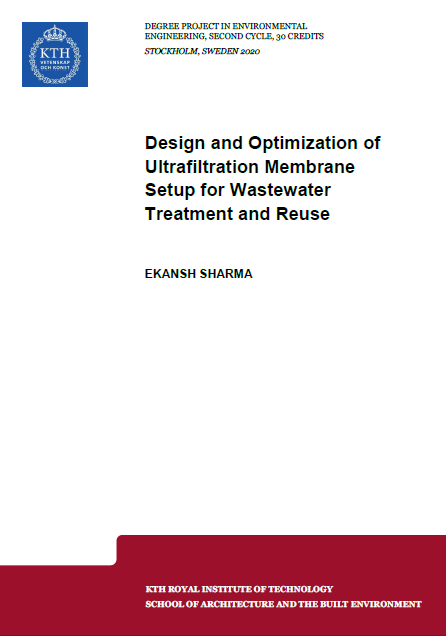
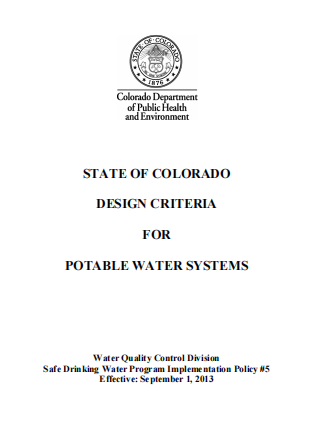
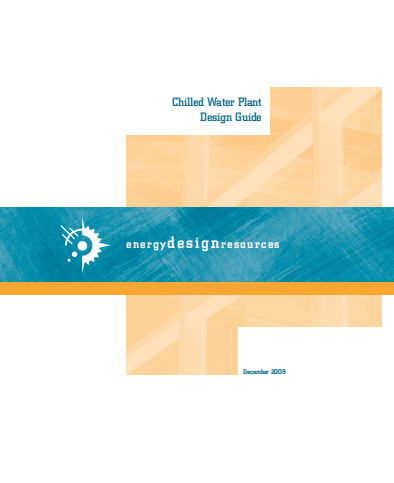
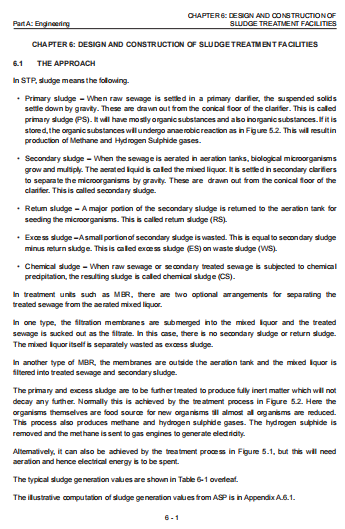

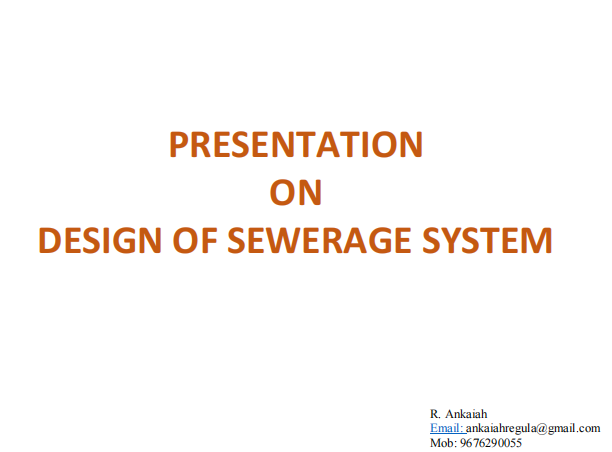
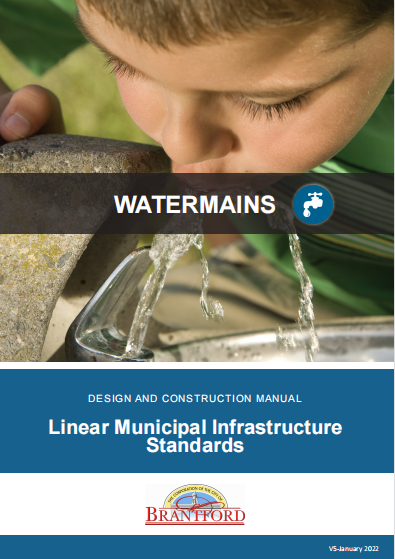
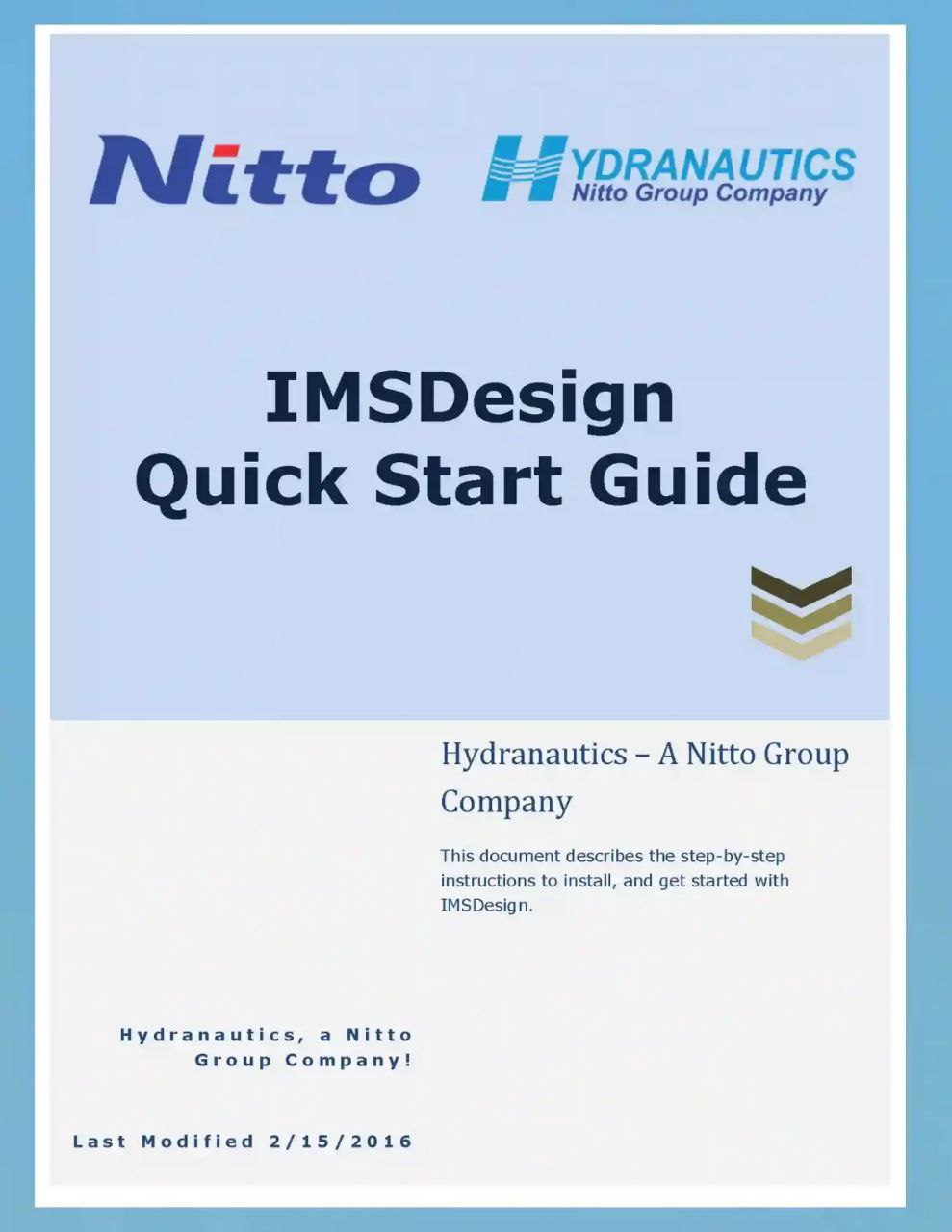
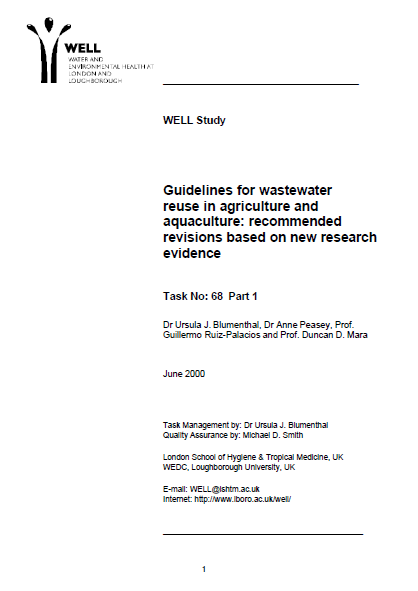
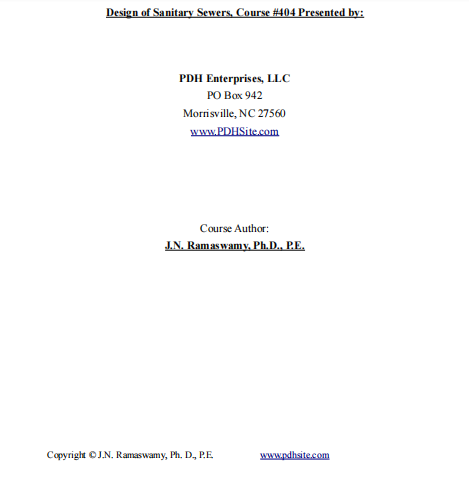
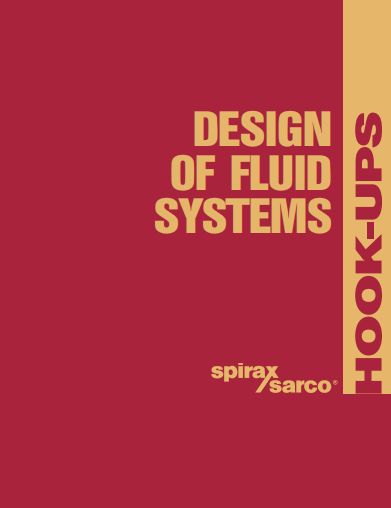

Reviews
There are no reviews yet.